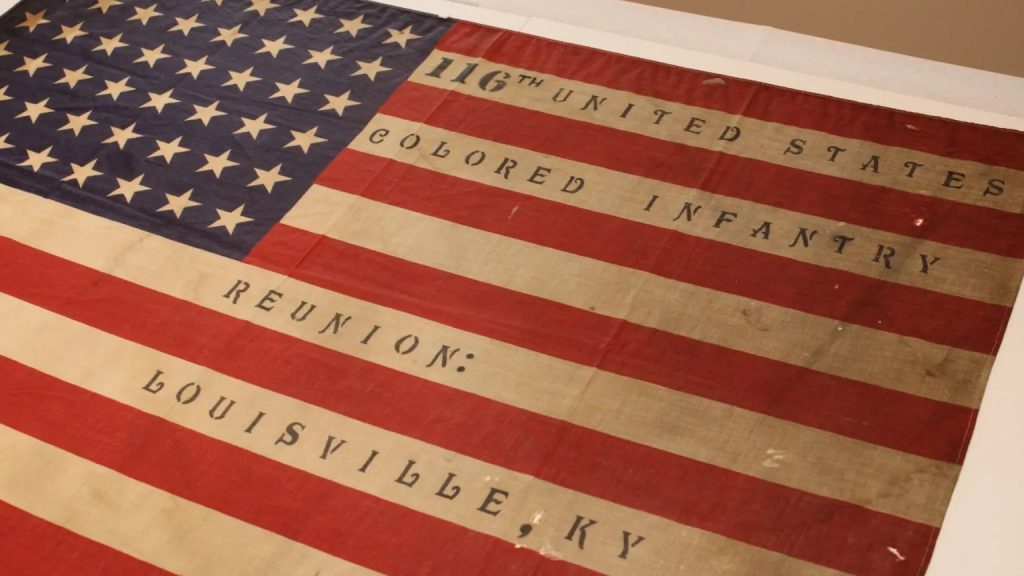
To Prove Our Worth: The 116th USCT Infantry From Civil War Service to Modern-Day Preservation
“To Prove Our Worth”: The 116th U.S.C. Infantry From Civil War Service to Modern-Day Preservation The 116th USCT (United States Colored Troops) Infantry, raised in 1864, not o…
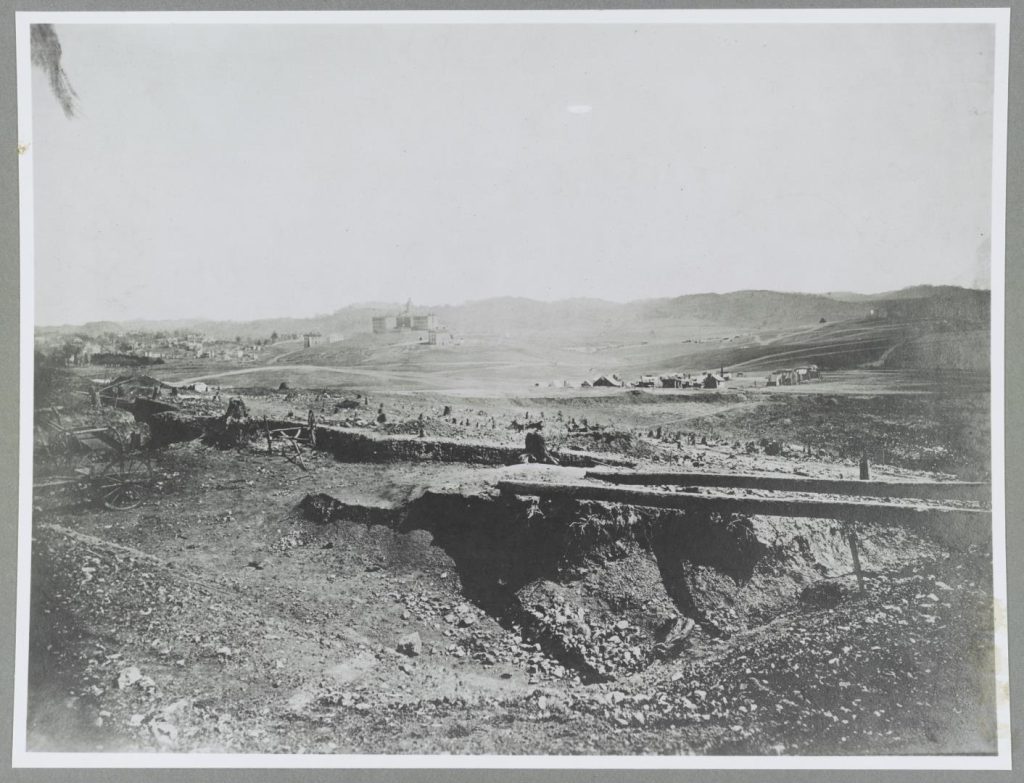
Research Arsenal Spotlight 27: William Fish 11th New Hampshire Infantry
William Fish enlisted in Company C of the 11th New Hampshire Infantry at the age of nineteen. He was the son of John Blaney Fish and Mary Holmes (Barrett) Fish. William Fish…
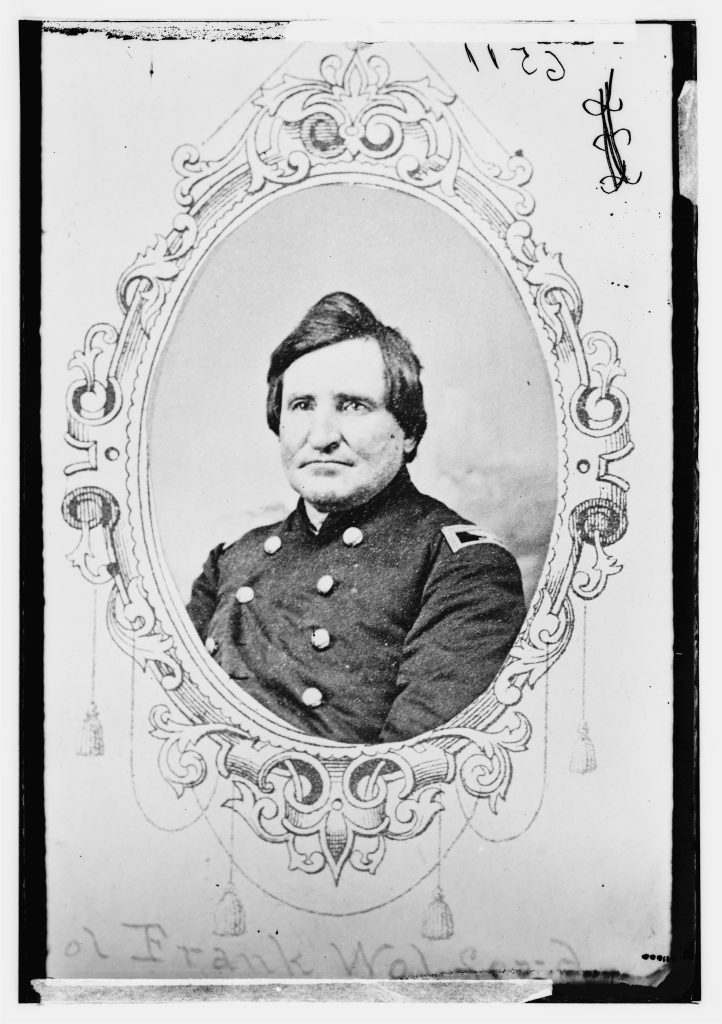
The 1st Kentucky Cavalry: Wild Riders of the Union
The 1st Kentucky Cavalry: Wild Riders of the Union A Regiment Born in Division In 1861, Kentucky stood on a knife’s edge. Families and neighbors split over Union or C…
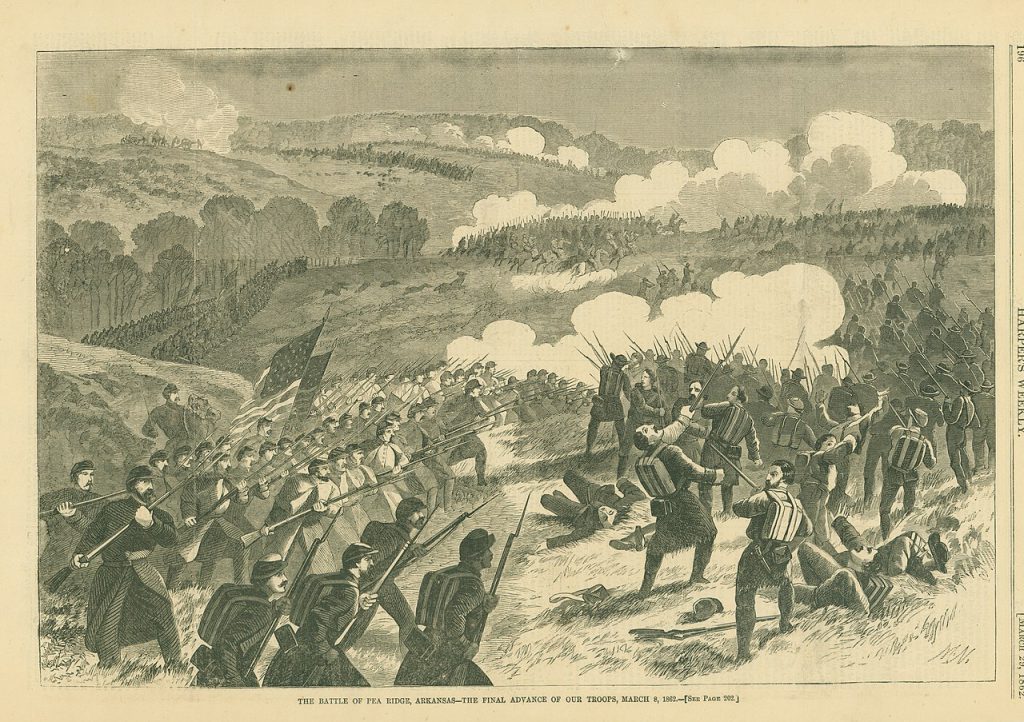
Research Arsenal Spotlight 26: David Patten 35th Illinois Infantry
David Patten was born in 1838 and lived in Illinois. When war broke out, he enlisted in G.A. Smith’s Independent Regiment, which was later designated as the 35th Illinois I…

The Battle of Antietam: First-Hand Accounts
The Battle of Antietam: First-Hand Accounts On a foggy morning of September 17, 1862, the fields around Sharpsburg, Maryland, were transformed into the single bloodiest day…

Research Arsenal Spotlight 25: David Poak 30th Illinois Infantry
David Watson Poak was born in 1842 in Mt. Jackson Pennsylvania to John Poak and Sarah (Duff) Poak. The twelve letters in our Research Arsenal collection were written to his…
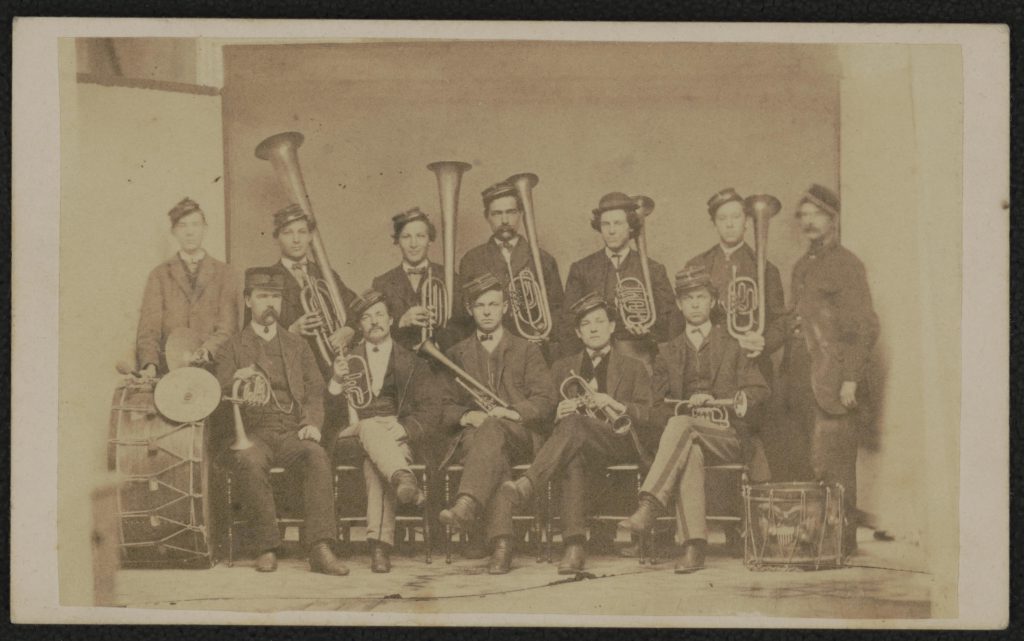
Research Arsenal Spotlight 24: Silas Leach 52nd Pennsylvania Infantry Regimental Band
Silas Leach was born in Pennsylvania in 1836 to Isaiah Leach and Eliza (Kelly) Leach. Isaiah Leach worked as a school teacher and music teacher but passed away when Silas was…
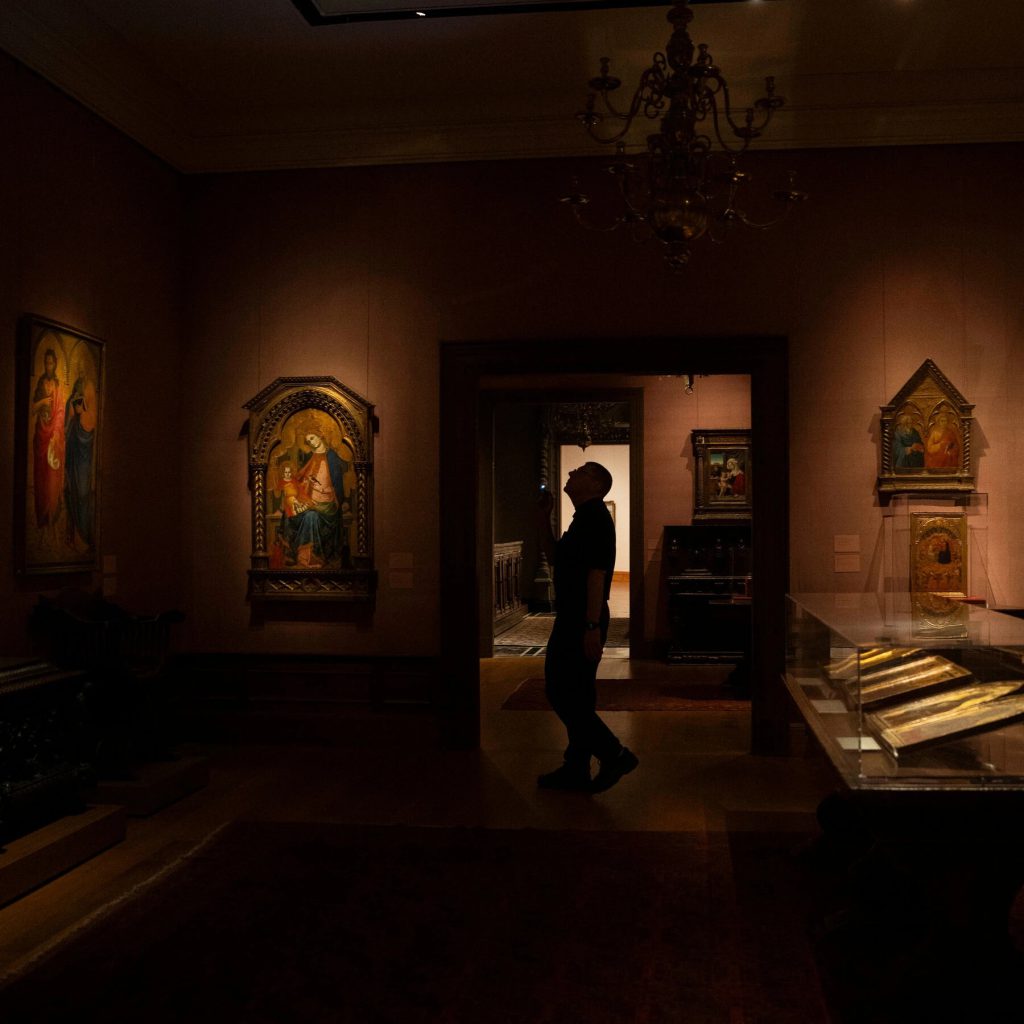
Safe Lighting for Exhibiting Your Collection
Illuminating the Past Without Destroying It: Safe Lighting for Exhibiting Your Collection When we walk into a museum or gallery, the first thing we often notice is the light….
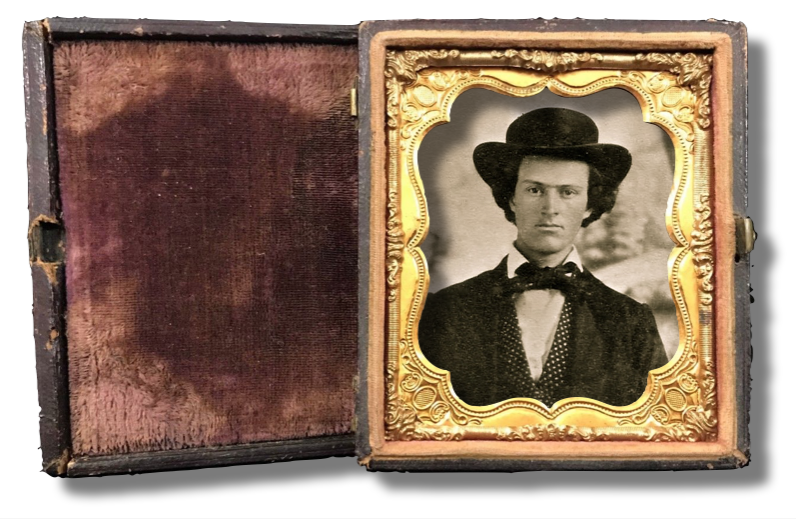
Research Arsenal Spotlight 23: Tip Wilson of the 5th Tennessee Infantry
William Henry Harrison “Tip” Wilson was born in 1840 to Ann Adeline (Neblett) Wilson and Joseph Hannibal Bonaparte Wilson of Paris, Tennessee. He was named after politician Wi…
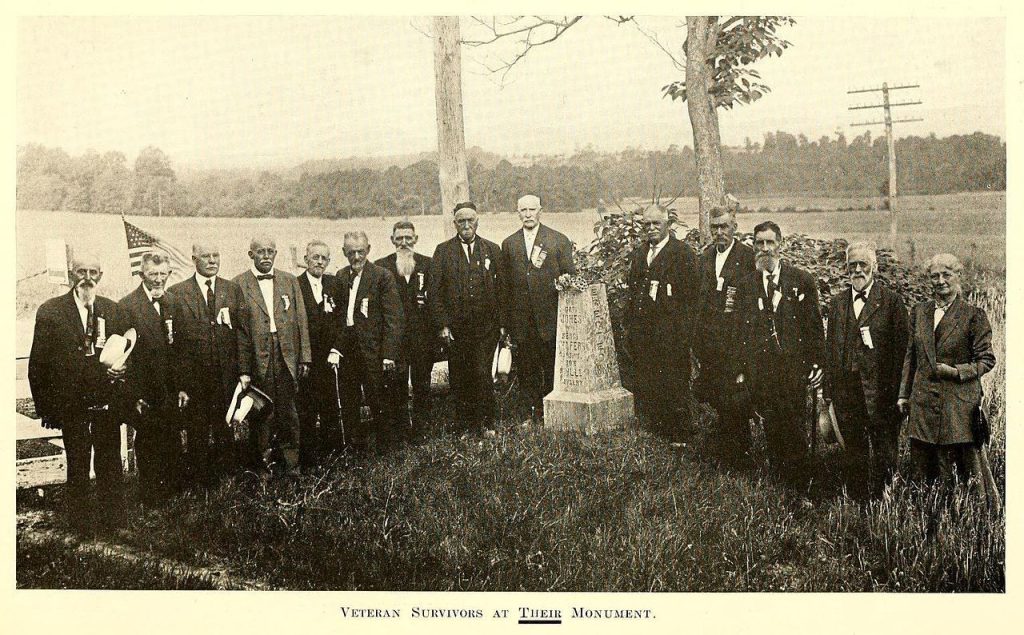
Records Group 94 Feature: 8th Illinois Cavalry
Records Group 94 Feature: 8th Illinois Cavalry Saddles, Carbines, and First Shots: The Story of the 8th Illinois Cavalry When the Civil War erupted in 1861, men across…

